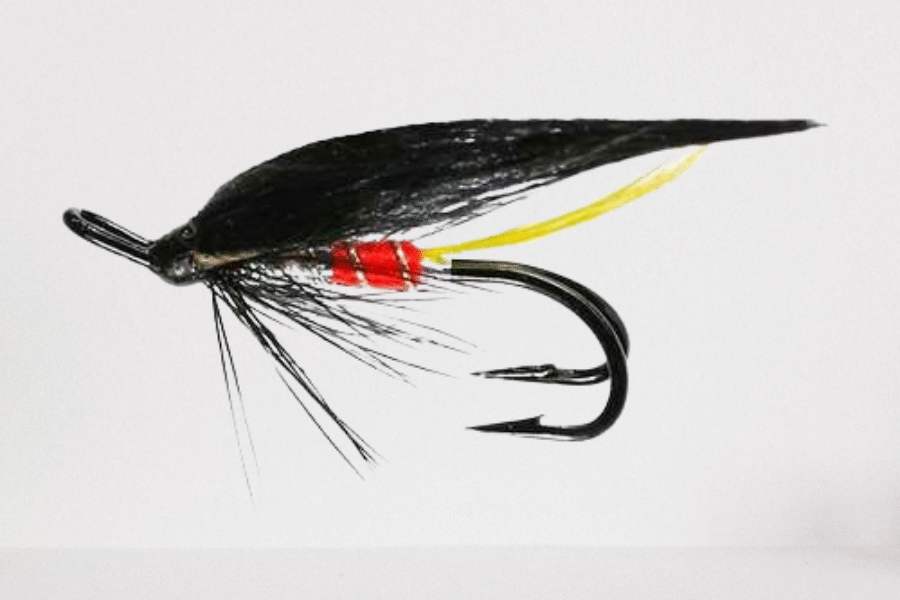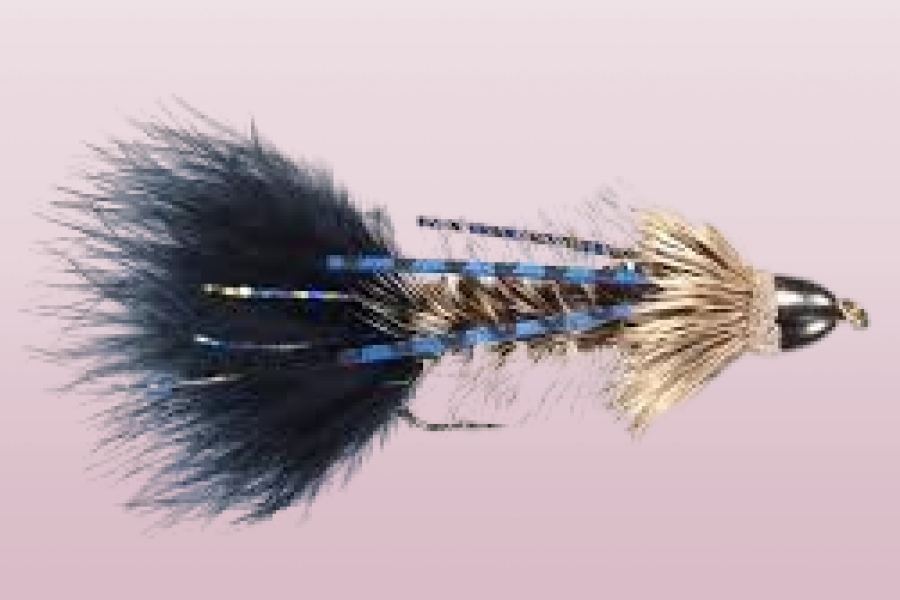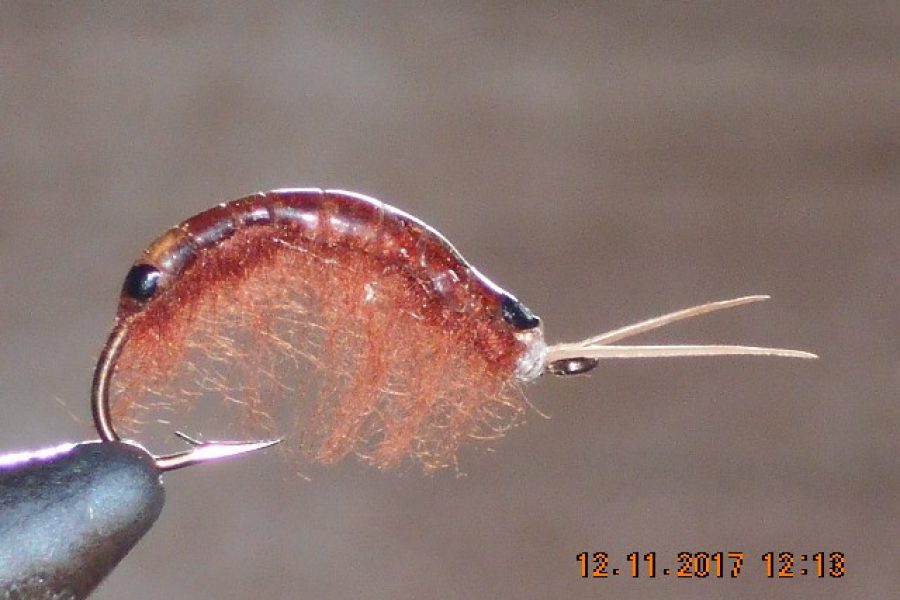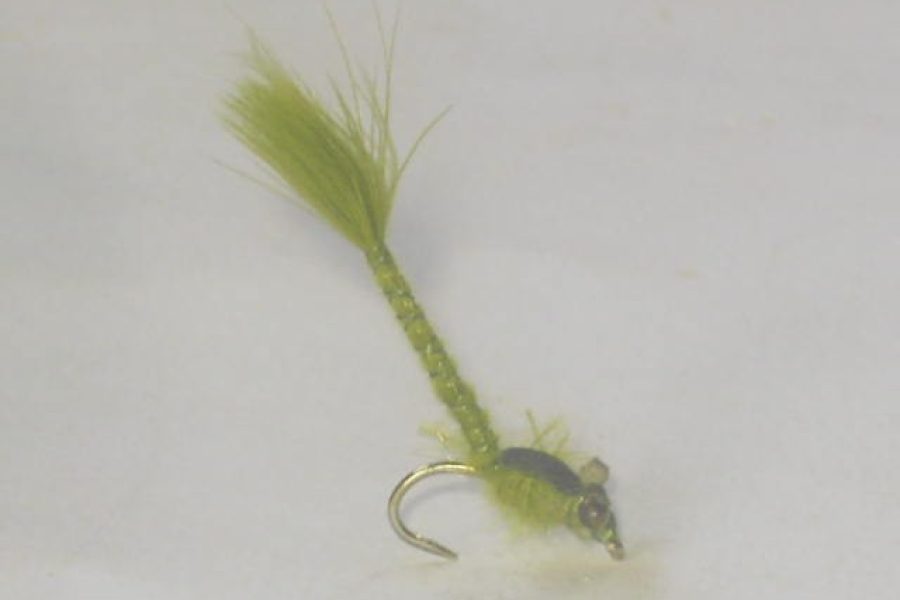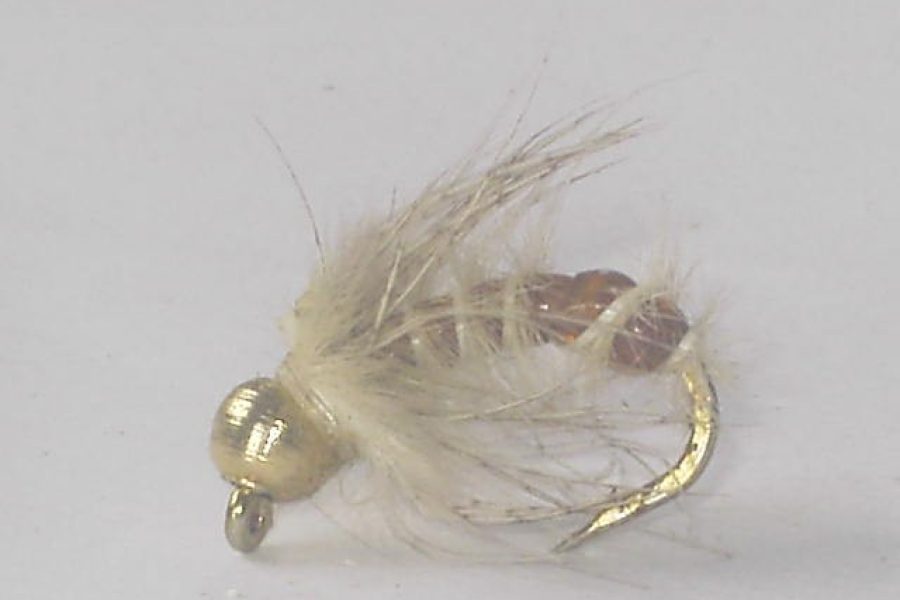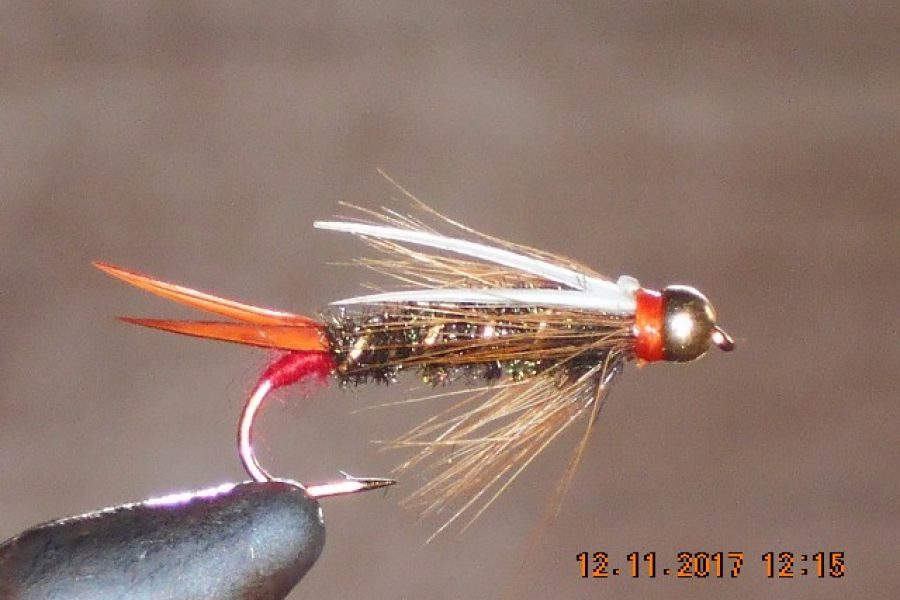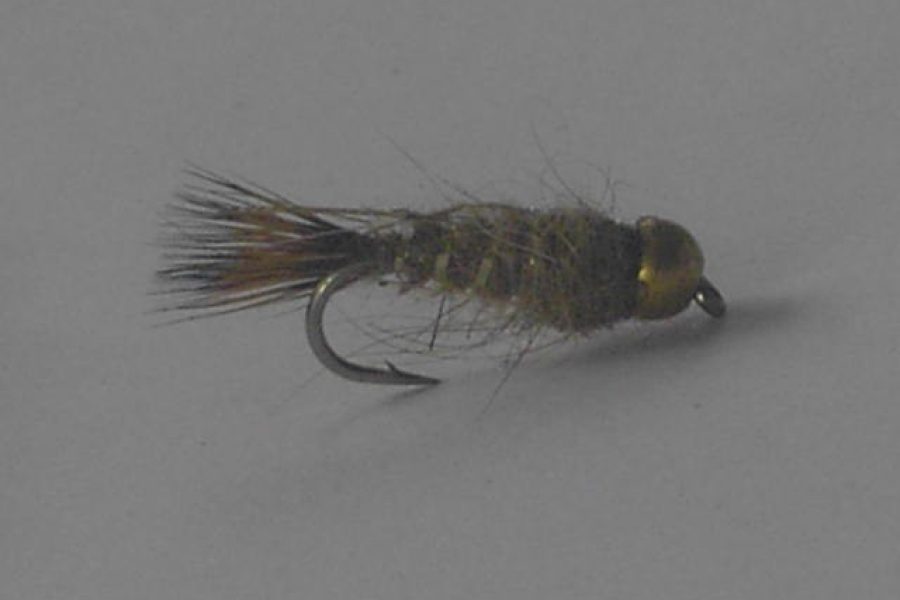Description
Historical Significance and Pattern Evolution
The Hare’s Ear Tungsten Nymph represents a modern evolution of one of fly fishing’s most versatile and enduring patterns. Building upon the classic Gold-Ribbed Hare’s Ear Nymph, this contemporary version incorporates a tungsten bead for enhanced sink rate and improved strike detection. The pattern’s effectiveness lies in its ability to imitate a wide range of aquatic insects and crustaceans, making it an essential pattern for both traditional and modern nymphing techniques.
Premium Materials and Construction Details
Essential Materials List:
- Hook: Curved nymph hook or jig hook (sizes 10-18)
- Bead: Tungsten in gold, copper, or black
- Thread: Brown or tan 8/0
- Tail: Guard hairs from hare’s mask
- Rib: Small gold or copper wire
- Body: Natural hare’s ear dubbing
- Wing Case: Pheasant tail fibers
- Thorax: Darker hare’s ear dubbing
- Optional: Flash material for wing case
- Head: Thread with clear finish
Material Selection Considerations:
- Hook style affects presentation and hook-up rate
- Bead size matches hook size and depth needs
- Thread color complements natural look
- Dubbing preparation affects texture
- Rib material adds durability
- Wing case enhances silhouette
- Flash material triggers strikes
- Material preparation affects profile
- Color combinations match naturals
- Quality affects durability
Detailed Tying Instructions
Preparation Steps:
- Select appropriate hook size
- Choose matching bead size
- Prepare dubbing portions
- Select guard hairs
- Cut ribbing material
- Organize materials
- Check tools
- Plan proportions
- Review pattern
- Prepare workspace
Step-by-Step Tying Sequence:
- Mount bead and secure hook
- Create thread base
- Tie in tail fibers
- Attach ribbing wire
- Apply dubbing for body
- Wind ribbing forward
- Tie in wing case
- Add thorax dubbing
- Pull over wing case
- Form neat head
- Apply finish
- Check proportions
Advanced Fishing Techniques
Modern Nymphing Methods:
- Euro nymphing presentations
- Traditional dead drift
- Tight-line techniques
- Indicator nymphing
- Short-line approaches
- Deep water tactics
- Shallow water methods
- Current seam fishing
- Structure approaches
- Pattern combinations
Water Reading Skills:
- Identify feeding lanes
- Recognize current breaks
- Spot productive runs
- Detect depth changes
- Read water clarity
- Locate holding areas
- Find transition zones
- Identify temperature breaks
- Track fish movement
- Monitor insect activity
Seasonal Strategies
Spring Tactics:
- Target pre-spawn fish
- Focus on warming water
- Match natural sizes
- Adjust depth control
- Monitor temperatures
- Watch for hatches
- Follow fish movement
- Time presentations
- Adapt to conditions
- Match natural drift
Summer Applications:
- Early morning fishing
- Target cooler water
- Use smaller sizes
- Focus on depth
- Match daily patterns
- Observe feeding windows
- Adjust to conditions
- Monitor water levels
- Watch temperatures
- Time presentations
Fall Approaches:
- Match seasonal changes
- Target feeding fish
- Adjust presentation depth
- Watch water conditions
- Monitor temperatures
- Follow movement patterns
- Adapt to weather
- Time efforts effectively
- Match natural drift
- Adjust techniques
Winter Strategies:
- Focus on slow water
- Target deep runs
- Use larger patterns
- Slow presentations
- Watch conditions
- Adapt to weather
- Follow fish movement
- Monitor temperatures
- Time fishing efforts
- Adjust methods
Technical Rigging Considerations
Leader Construction:
- Euro nymphing leaders
- Traditional tapered leaders
- Tippet selection
- Breaking strength
- Length considerations
- Material choices
- Knot selection
- Sink rate control
- Visibility factors
- Setup variations
Terminal Tackle:
- Dropper configurations
- Weight placement
- Leader construction
- Line control
- Strike detection
- Depth adjustment
- Pattern spacing
- Drift control
- Presentation angles
- Setup modifications
Habitat-Specific Tactics
River Types:
- Freestone streams
- Tailwater fisheries
- Spring creeks
- Mountain streams
- Large rivers
- Small brooks
- Mixed waters
- Clear streams
- Stained water
- Technical water
Specific Locations:
- Pocket water
- Deep runs
- Riffles
- Pools
- Seams
- Structure
- Banks
- Midstream
- Transitions
- Feeding lanes
Advanced Presentation Methods
Traditional Techniques:
- Dead drift presentation
- Swing and lift
- Cross-current drift
- Upstream approach
- Downstream presentation
- Mending techniques
- Line control
- Depth management
- Speed control
- Pattern selection
Modern Adaptations:
- Euro nymphing methods
- Contact nymphing
- Tight-line techniques
- Indicator approaches
- Short-line tactics
- Deep-water methods
- Shallow presentations
- Current seam fishing
- Structure approaches
- Pattern combinations
Pattern Variations
Size Considerations:
- Match natural insects
- Consider water depth
- Adapt to pressure
- Account for clarity
- Follow seasonal trends
- Consider fish size
- Match preferences
- Adapt to conditions
- Consider speed
- Match forage base
Color Variations:
- Natural hare’s ear
- Olive variations
- Dark versions
- Light patterns
- Flash enhanced
- UV materials
- Seasonal colors
- Water clarity matches
- Light condition adaptations
- Pressure considerations
The Hare’s Ear Tungsten Nymph represents the perfect fusion of traditional design and modern innovation. Its carefully selected materials and precise construction ensure consistent performance across various fishing conditions. Whether targeting selective trout in crystal-clear spring creeks or searching for aggressive feeders in pocket water, this pattern provides the perfect tool for successful nymphing throughout the season.

